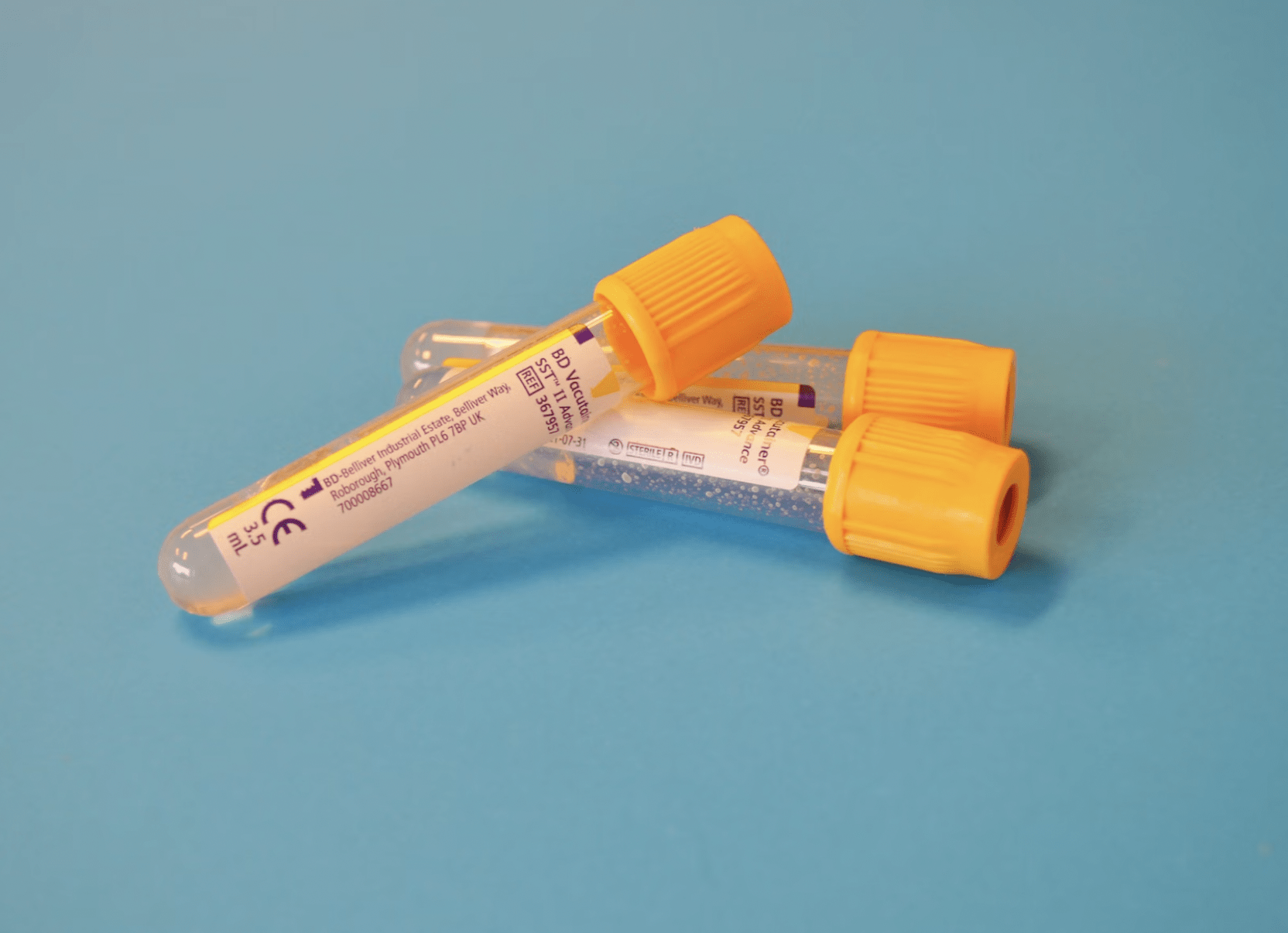This information is provided for educational purposes only. Reader retains full responsibility for the use of the information contained herein.
Random drug and alcohol testing is considered one of the more common reasons an individual may be required to complete a drug test. In fact, many workplace drug testing programs require employees to adhere to a specific random testing program. The details of these programs are typically outlined in federal regulations, or by other governing agencies.
Random testing is a method of testing that occurs at reasonable intervals throughout the year and is unannounced and impossible to predict for the employee being tested. The random selection will give equal probability that any employee subject to random testing may be chosen each time the random list is generated. An individual who is selected in one selection period is not excluded from being selected again in future selection periods. The selections can be produced on a monthly, quarterly, or semi-annual basis using an identifying number specific to the employee (e.g., social security number, employee number, or other identifying number) which is placed in a testing pool from which a scientifically arbitrary selection is made. There are several items to consider in determining the frequency of producing a random list that is best suited for your company.
Companies with a small employee base would most likely benefit from a quarterly or semi-annual random selection. A monthly list could over-select the pre-determined annual random percentage, or possibly complete the random selection process prematurely, ultimately leaving an extended amount of time without a list being generated.
On the other hand, if a company has a large employee base with a high turnover rate, it may be best to have the selection performed monthly to ensure the most up-to-date selection is generated. Selecting the appropriate frequency will help ensure the pre-determined random percentage rate has been achieved, consequently improving the management and overall success of the random program.
Once the frequency is determined, the random rates need to be established. The random rates are annual minimum requirements. The Department of Transportation (DOT) agency that regulates a specific transportation industry (FAA, FTA, FMCSA, etc.) sets the random testing rate which is determined based on drug and alcohol statistical data submitted by employers regulated under each agency. The DOT’s random rates are annual minimum requirements. Therefore, if a DOT agency requires a drug testing rate of 50% and an alcohol testing rate of 10%, then an employer with 100 safety-sensitive employees would have to ensure that 50 or more random drug tests and 10 or more random alcohol tests were conducted during the calendar year. The random rates for each agency are made effective on January 1st of each year.
As a starting point for non-DOT random testing programs, employers may establish the same random rates as determined under DOT requirements. Similar to the procedures the DOT set forth to determine the random percentage, non-DOT employers may wish to monitor and track their own positivity rates to determine if they would benefit from increasing or decreasing the random rate for the following year.
Who Must Submit to Random Testing?
All DOT agencies have regulations that require employers to implement random testing of certain employees that perform safety-sensitive functions. Each agency is tasked with defining who is considered a safety-sensitive employee in their respective industry. If an employee is considered safety-sensitive, he or she must adhere to the random testing requirements.
For non-DOT random testing programs, it is not so cut and dry. The lack of official rules or regulations afford employers the opportunity to tailor their random testing program to meet their specific needs. Nonetheless, non-DOT employers may mirror the DOT random process as closely as possible, if allowed by state law. This means that employers may choose the employees to be included in the non-DOT random pools based on safety-sensitive job duties and not their occupational title. The company should define what functions are considered safety-sensitive and publish this information in the company policy. In some situations, a state may have an established safety-sensitive definition outlined in a statute that must be followed.
Of course, the other option would be to include all employees in the non-DOT company random pool. Either way, it is important to ensure that the company policy clearly identifies who is required to participate in a random testing program.
Random Testing Restrictions
Random testing was once thought of as being very restrictive; however, random testing has gained popularity and is more acceptable than most employers conceive. Overall, there are only two cities and two states that prohibit random testing (San Francisco, CA, Boulder, CO, Rhode Island, and Vermont). A few states restrict random testing for employees in safety-sensitive positions (e.g., Connecticut and Minnesota). In addition, there are a handful of states that limit random testing to employees in safety-sensitive positions based on case law. Most states permit employers to conduct random testing.
Conclusion
Random drug testing is a powerful tool used to help identify individuals who may have a substance abuse problem and is a means to deter individuals from starting or continuing drug use. Many individuals can stop using drugs for a short time which allows the individual enough time to clean out their system while searching for a job. Once the individual is hired, the employee could begin using again. Employers who do not properly implement and execute random testing are welcoming drug users to apply and thrive with their organization.
© 2010-2022 The Current Consulting Group, LLC – No portion of this article may be reproduced, retransmitted, posted on a website, or used in any manner without the written consent of the Current Consulting Group, LLC. When permission is granted to reproduce this article in any way, full attribution to the author and copyright holder is required.



